single axis inclinometer sensor are key components or modules that are used in electrical devices that can detect various types of physical appearances in a short amount of time. Sensors provide electric output based on physical quantities and they can be controlled from remote locations. Applications for single axis inclinometer sensor are wide-ranging, including domestic appliances, electronic devices, motorsport, agriculture, industrial, medicine, aerospace, calibration equipment, HVAC (heating, ventilation, and air conditioning), and many more. The new arena in which single axis inclinometer sensor are seeing widespread application is the Internet of Things (IoT).
The range includes photo-electric sensors, photocells, current sensors, direction sensors, IR (InfraRed) sensors and PIR (Passive InfraRed) sensors, gas sensors, flow sensors, color sensors, magnetic sensors, motion sensors, LVDT transducers (linear variable differential transformer), touch sensors, and proximity sensors.
Under motion sensors, you can choose from accelerometers, gyroscopes, optical, tilt switches, and vibration sensors. There are also temperature sensors that include industrial sensors with analog and digital output, NTC and PTC thermistors, RTD (resistance temperature detector), and thermostats.
For those who would like to DIY their own devices, there are also DIY electronics and kits available. If you're looking for wholesale single axis inclinometer sensor, you'll find the right single axis inclinometer sensor for your industry. Shop from Alibaba.com and enjoy amazing deals.
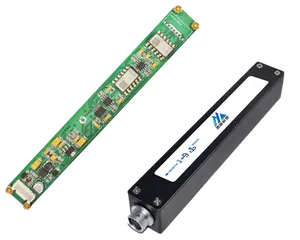



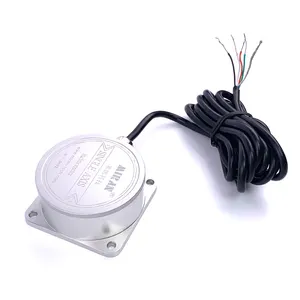

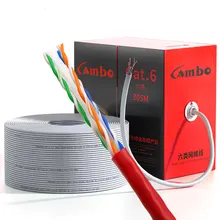
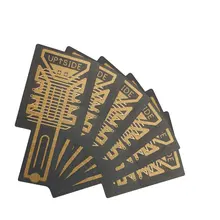

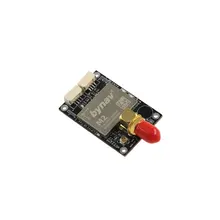
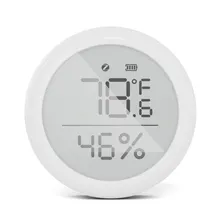


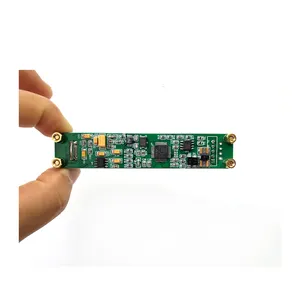
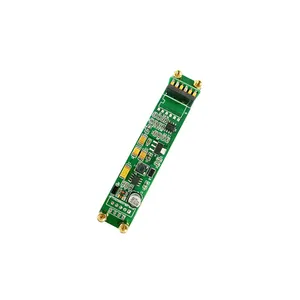
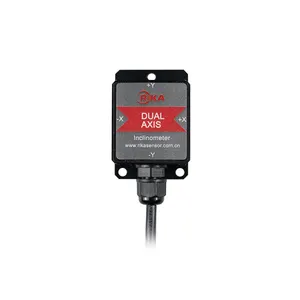




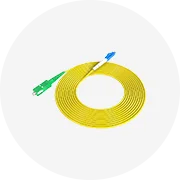





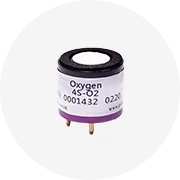














 浙公网安备 33010002000092号
浙公网安备 33010002000092号 浙B2-20120091-4
浙B2-20120091-4